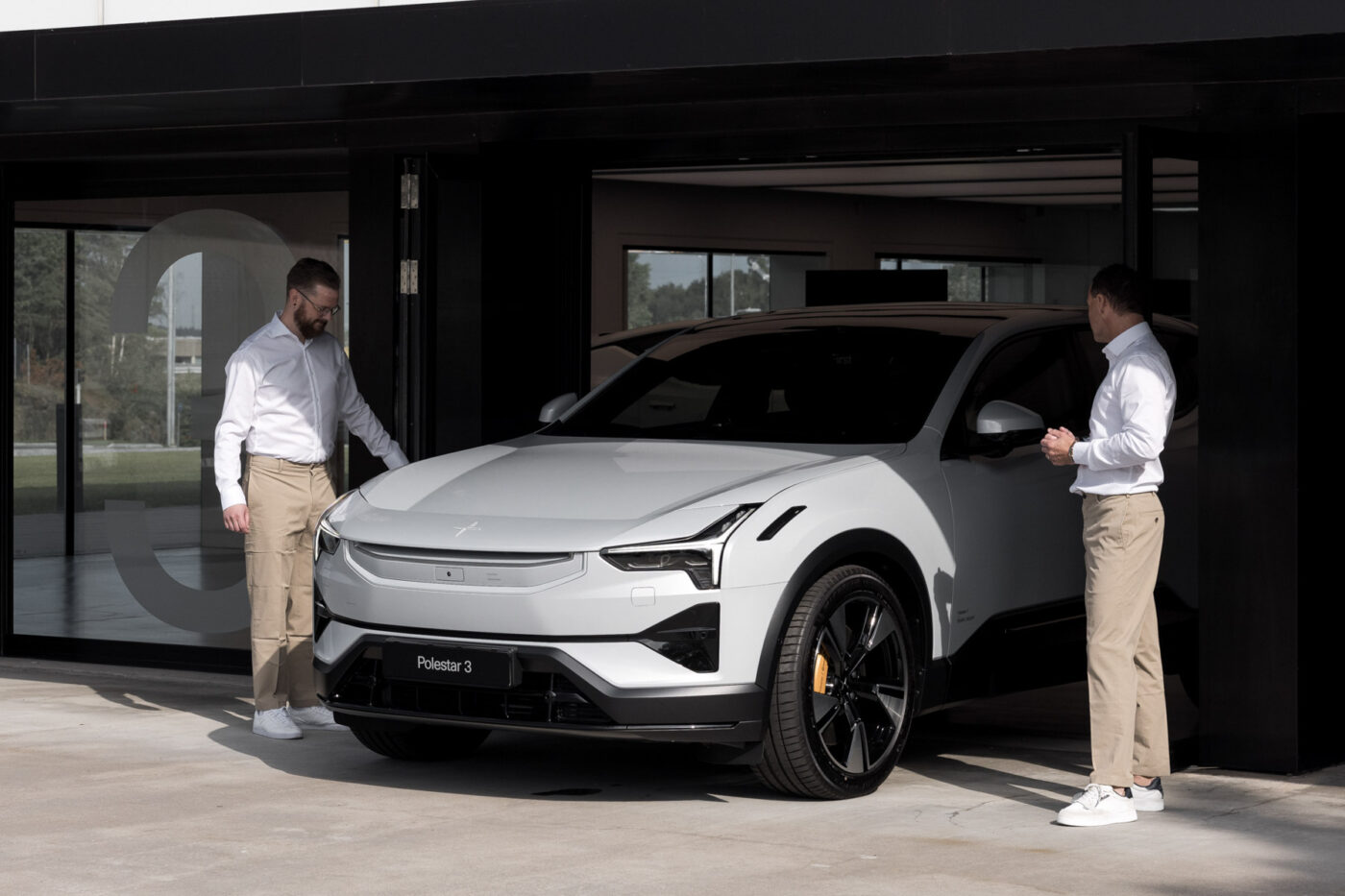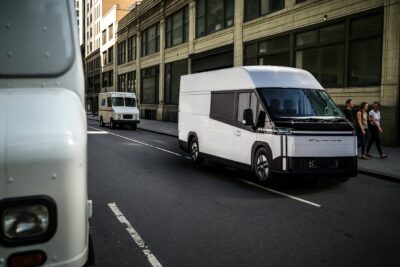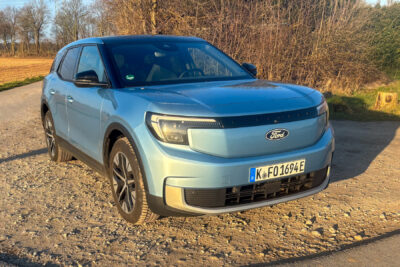Polestar wants to be in the black – and build the Polestar 7 in Europe
The new strategy, developed under CEO Michael Lohscheller, who has been in office since October, also envisages a rapid return to the black after heavy losses. Polestar wants to achieve a positive adjusted EBITDA as early as 2025. The expanding model range should help with this and with the targeted sales growth – for a long time, the brand only had one model series in its range with the Polestar 2, but the large electric SUV Polestar 3 and the mid-size crossover Polestar 4 are now also being delivered – a large GT called Polestar 5 and an electric roadster with the code number 6 are in the pipeline.
However, under Lohscheller, Polestar is not only focussing on the new products: From 2026, further improvements in margins, fixed costs and working capital are targeted. A positive free cash flow after investments is to follow in 2027. However, the strategy update does not reveal precisely how this will be achieved. The company does not mention any specific measures or sums to be generated through savings programmes in the communication.
Even though Lohscheller, known as a numbers man, especially from his time at Opel (CFO and later CEO), wants to improve Polestar’s profitability, he is relying on the car manufacturer’s already established orientation. “We are building on the strong Polestar brand with design and performance at its core. But significant changes are needed to make this well-respected progressive brand a successful and viable business,” said Lohscheller. “We are speeding up our retail expansion and commercial transformation, whilst adjusting our future model line-up and significantly reducing our cost base. Both in terms of volumes and financials, we expect 2025 to be the strongest year in Polestar’s history.”
More retailers for offline sales
By expanding the retail business, the CEO means nothing less than changing the current sales model. Polestar currently sells its cars primarily online, with the vehicles being delivered via a relatively small number of ‘Polestar Spaces.’ Polestar and its partners plan to expand from 70 to 130 sales spaces in Europe and from 36 to 57 in North America. Although direct-to-customer online sales are to be maintained, the additional sales spaces are also intended to attract more offline buyers. ‘I want us to broaden our sales organisation and address more customers,’ said Lohscheller in an interview with the German press agency DPA.
The company also plans to diversify its production footprint. Until now, Polestar has mainly manufactured its cars in Asia, for example, at existing Geely plants in China or at a contract manufacturer in South Korea. Only the Polestar 3 is also built in the US. The Polestar 7, which the company announced in the strategy update, will be built in Europe. However, it is unclear when, where, and with which partner. The only thing that is clear is that Polestar wants to protect itself from import duties with European production, but also reduce costs: “The costs are significantly lower than shipping cars around the world,” said Lohscheller in the interview.
There is also little information about the vehicle so far: The Polestar 7 will be a “premium compact SUV, targeting the world’s fastest growing and most profitable premium segment.” There is no mention of whether it will use one of the Geely platforms (such as that of the Zeekr 7X) or, like the upcoming Polestar 5, be based on Polestar’s own aluminium platform. The Polestar 5, which will be presented this year, will be the brand’s first vehicle with 800-volt technology.
Alongside the strategy update, Polestar also published the outstanding business figures for the third quarter of 2024 – i.e. not yet for the year as a whole. In Q3, in which Lohscheller was not yet CEO, Polestar achieved a turnover of 551 million US dollars (535.5 million euros), ten per cent less than in Q3 2023 – sales also fell by eight per cent to 12,548 cars, but recovered in Q4 as reported.
Of course, this has not yet had any impact on the balance sheet for the third quarter: Here, adjusted EBITDA stood at -180.5 million dollars (-175.4 million euros), 28 per cent less than the -252.3 million dollars in the same quarter of the previous year. In the first three quarters of 2024, losses totalled USD 602.6 million (EUR 585.6 million).
polestar.com (strategy), polestar.com (Q3 figures), manager-magazin.de (interview; in German)





0 Comments